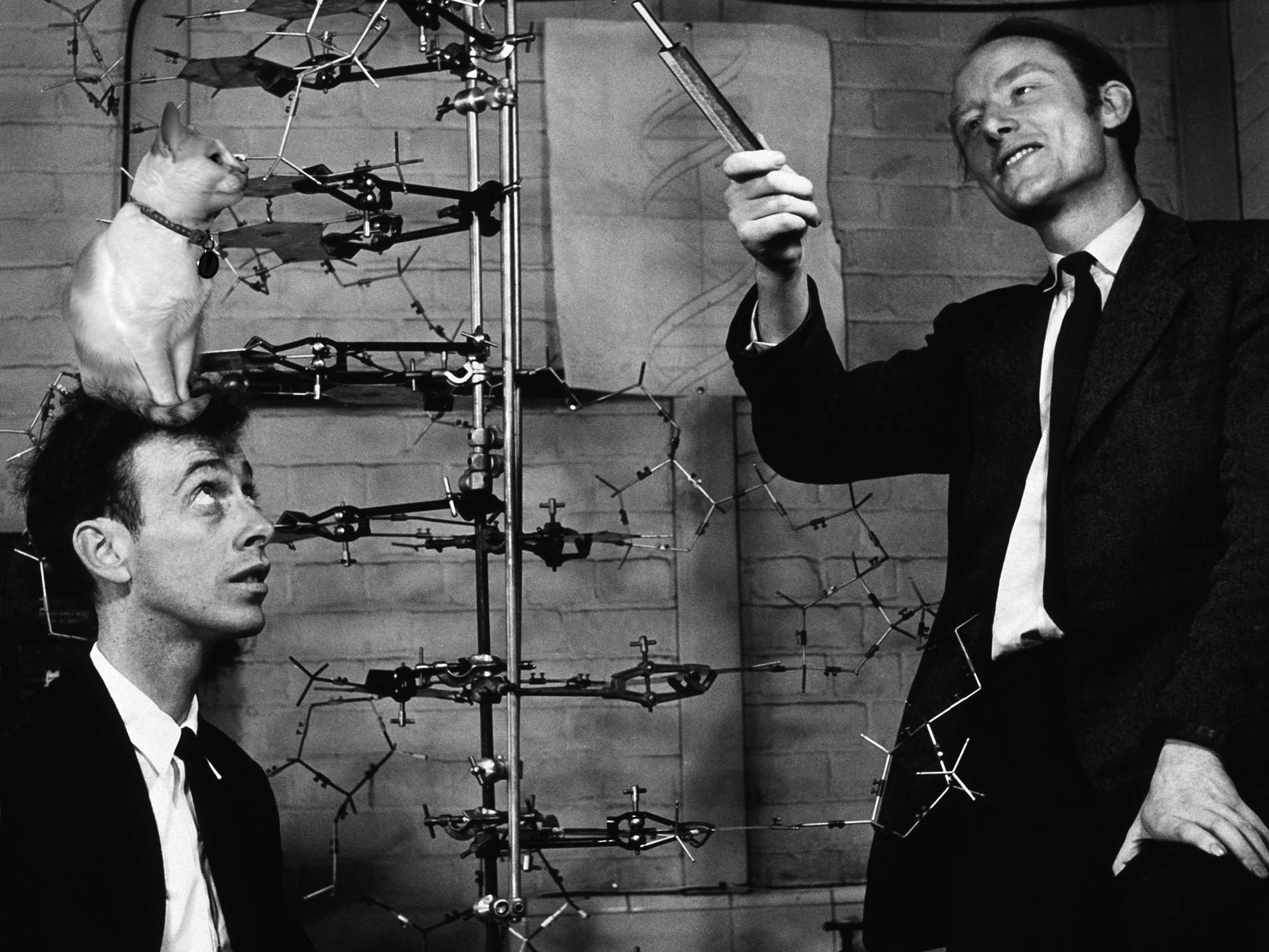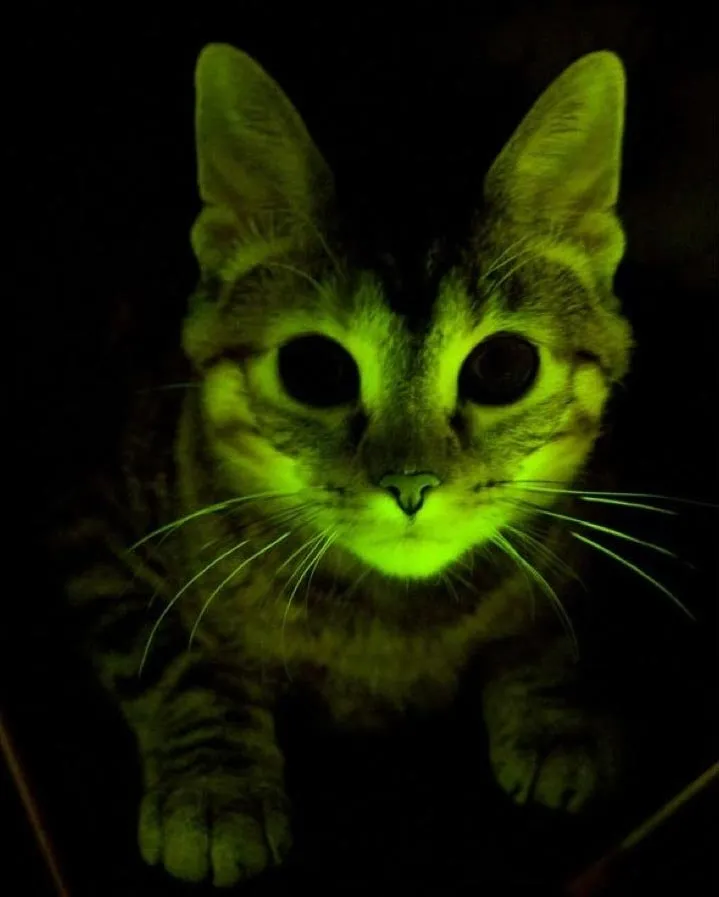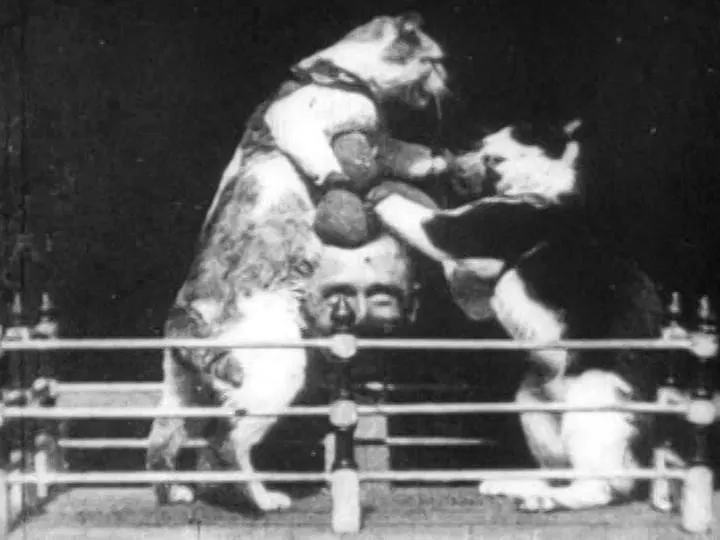

[Special thanks to materials scientist Joe Spalenka for letting us use his photoshopped image of Watson And Crick Plus Chloe The Cat.]













[Special thanks to materials scientist Joe Spalenka for letting us use his photoshopped image of Watson And Crick Plus Chloe The Cat.]











